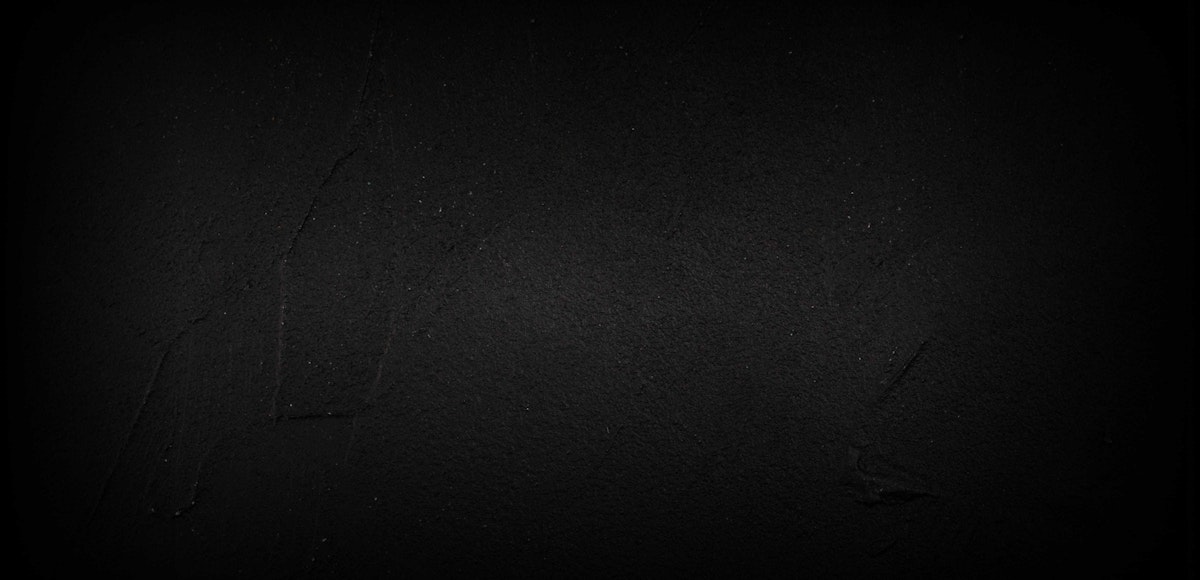From 20 January to 11 February, visitors to the Turn On exhibition will be plunged into the world of phonotropic animation by some fifteen artists from Luxembourg and elsewhere. Among them is Marie Paccou, an artist best known for her animated short films. Her name may ring a bell: after her first appearance at Rotondes during Flip Off, she’s back this year for Turn On. And surprise! This time, you’ll be seeing her in a completely different light…
Marie, you create flip books based on previously published novels. Your drawings overlap with the text, revealing only a few words of the story. Is this a way of assigning a new narrative and a new existence to the books in which you draw?
Despite being an avid reader, I express myself through animated images. My work on “flipped books” takes two directions: firstly, I enhance a widely circulated book, giving it the status of a unique piece, and secondly, I push it towards screens and social networks, even if it means altering it by covering it with images, and possibly hastening its disappearance and replacement in the process. Regardless, my drawings always maintain a connection to the book. I tend to think of it as a portrait of the book: sometimes mocking, sometimes faithful, sometimes not.





